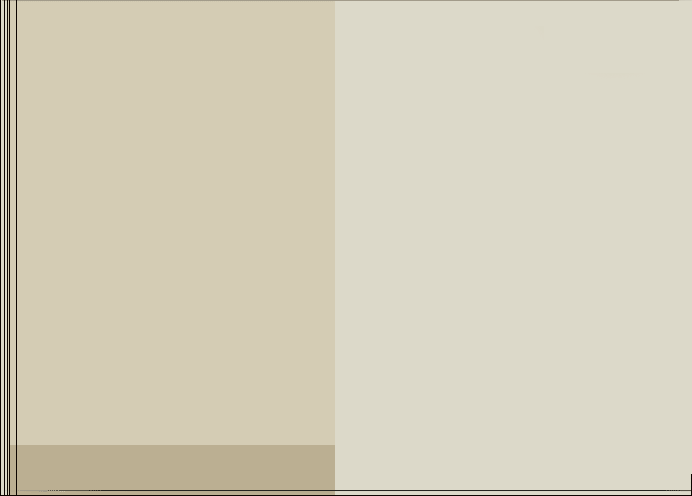 |  |
 |









The tragedy of the Jews in Pushkin |
Pushkin (formerly Tsarskoye Selo) is one of the closest Leningrad suburbs. Pushkin is almost as old as the Northern Capital; it was the country seat of the Russian Tsars and is famous for its splendid palaces and parks.
Its present name is associated with the great Russian poet, A.S. Pushkin, who studied at the Tsarskoye Selo Lyceum. Regiments which included Jewish soldiers were quartered there. One of the oldest Jewish communities in the St. Petersburg region was formed in the town. At the beginning of the 20th century, the Tsarskoye Selo Jewish community even purchased a building for their prayers. In September, 1941, Nazi troops approached Leningrad. The authorities ordered the evacuation of valuables from the museums as soon as possible; the order did not apply to people. Moreover, since both Pushkin and Leningrad were on the front line, it was possible to come to Leningrad from Pushkin only with a special permit. Only those who had a job in Leningrad received such a permit.![]()
On the night of September 17, 1941, the Nazis occupied Pushkin. Those who had gone to work in Leningrad in the morning could not come back home. Very few Pushkin inhabitants had time to leave the town before the Germans arrived. The Nazis decided to remove all civilians from this front-line location. During the first week of the occupation, all males aged 15 to 55 (about 10,000 men) were deported from Pushkin to Gatchina, and then farther. The "Jewish action" was carried out very quickly. Registration was announced at the end of September. A bomb shelter was located in the cellars of the Lyceum, and many Pushkin inhabitants hid there after the Germans arrived. One night at the end of September, the Nazis burst into the cellar, formed those they found there into a line, and began to sort them by ethnicity. Jews were separated from the others. Some Russians tried to save the children of their Jewish neighbors, but Germans seized babies from the hands of Russian women if they suspected that the baby was a Jew.![]()
They gathered the Jews in the town's center, near the "Avangard" cinema, formed them into a column and led them towards the Alexander Palace. A.S. Ivanova, an inhabitant of Pushkin, recalled seeing the column of Jewish old men, women and children, all in all 800 people. Witnesses said that the Jews sang a melancholy song as the Nazis led them to be shot. The children sang as well, although they did not suspect that with each step they drew nearer to their death. According to some witnesses, they were shot in the Alexander Park in front of the South block of the Alexander Palace; according to others, it happened near the Black Pools in Babolovskiy Park. By now, it is impossible to determine the place of the "action", or number of those who were shot, or the exact date.![]()
The Germans concealed the location of the crime and let nobody approach. By the end of the war, local residents could no longer remember the date of the execution, for they had seen too much suffering.
Pushkin inhabitants who were children in those years and survived recall that the morning after the execution, the Germans announced the distribution of various items. Many people gathered - maybe to identify the possessions of their acquaintances, maybe to obtain them. Almost no names of the victims are known. The only names which have been established are those that relatives learned from neighbors who witnessed the tragedy. Soviet propaganda kept silent about the tragedy of the Jewish people for almost 45 years. In hundreds of towns, attempts by Jews to honor the memory of those murdered encountered stubborn resistance from the authorities. In those places where tombstones were erected on common graves (at the expense of friends and relatives), stars of David and inscriptions in Yiddish or Hebrew were frequently attacked by vandals. To erect the memorial in Pushkin, Jewish activists had to overcome many obstacles.
The memorial was opened on October 13, 1991. It is a sculpture by V.A. Sidur called the "Formula of Grief".![]()
V.A. Sidur. "The Formula of Grief" composition


